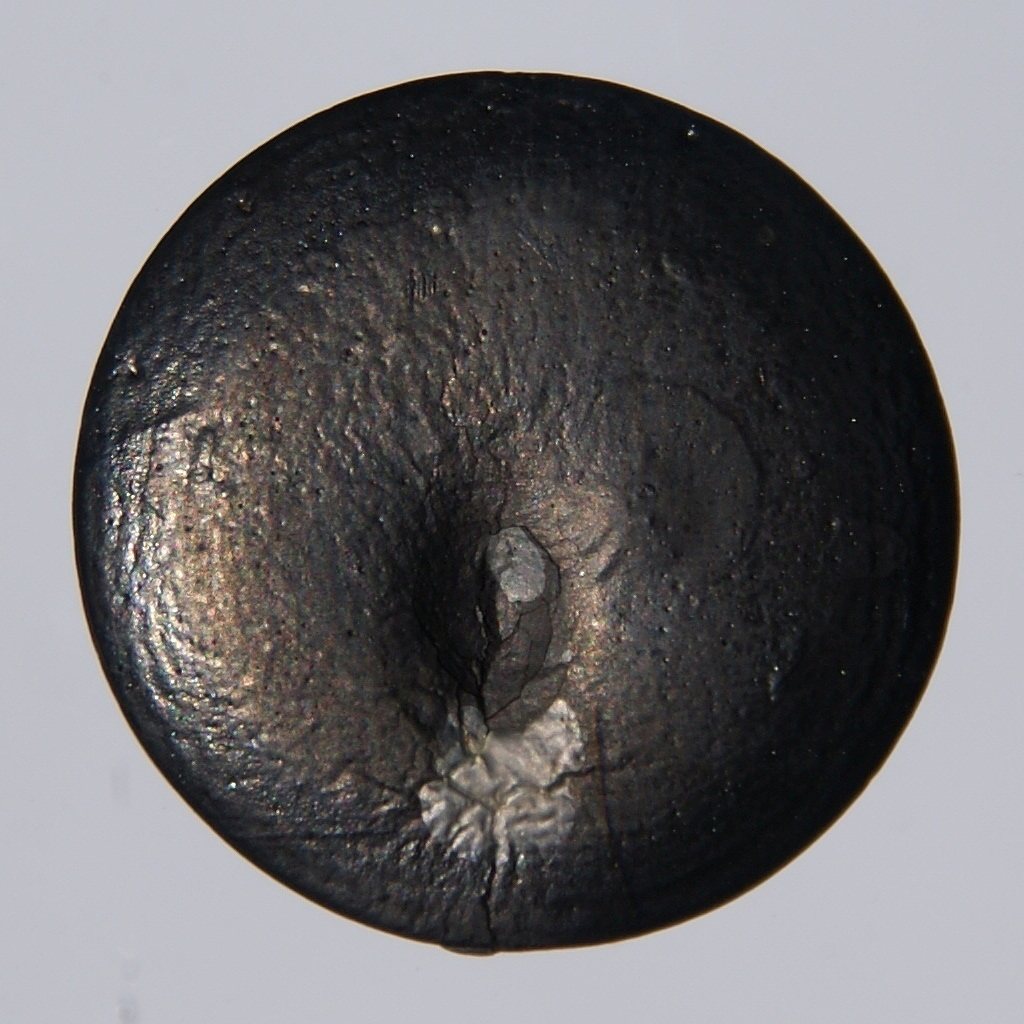Seleeni
34
Se
Ryhmä
16
Jakso
4
Lohko
p
Protonia
Elektronit
Neutronia
34
34
45
Yleiset ominaisuudet
Järjestysluku
34
Atomipaino
78,96
Massaluku
79
Luokka
Muut epämetallit
Väri
Harmaa
Radioaktiivisuus
Ei
From the Greek word Selene, moon
Kiderakenne
Yksinkertainen monokliininen
Historia
Selenium was first observed in about the year 1300 by the alchemist Arnold of Villanova.
Selenium was discovered in 1817 by Jöns Jacob Berzelius and Johan Gottlieb Gahn who noted the similarity of the new element to the previously-known tellurium.
In 1873, Willoughby Smith found that the electrical resistance of grey selenium was dependent on the ambient light.
Selenium was discovered in 1817 by Jöns Jacob Berzelius and Johan Gottlieb Gahn who noted the similarity of the new element to the previously-known tellurium.
In 1873, Willoughby Smith found that the electrical resistance of grey selenium was dependent on the ambient light.
Elektroneja elektronikuorilla
2, 8, 18, 6
Orbitaalirakenne
[Ar] 3d10 4s2 4p4
Selenium deficiency in animals can lead to slow growth
Fyysiset ominaisuudet
Olomuoto
Kiinteä
Tiheys
4,809 g/cm3
Sulamispiste
494,15 K | 221 °C | 429,8 °F
Kiehumispiste
958,15 K | 685 °C | 1265 °F
Sulamislämpö
5,4 kJ/mol
Höyrystymislämpö
26 kJ/mol
Ominaislämpökapasiteetti
0,321 J/g·K
Esiintyvyys maankuoressa
5×10-6%
Esiintyvyys maailmankaikkeudessa
3×10-6%

CAS-numero
7782-49-2
PubChem CID-numero
6326970
Atomiominaisuudet
Atomisäde
120 pm
Kovalenttisäde
120 pm
Elektronegatiivisuus
2,55 (Paulingin asteikko)
Ionisoitumispotentiaali
9,7524 eV
Moolitilavuus
16,45 cm3/mol
Lämmönjohtavuus
0,0204 W/cm·K
Hapetusluvut
-2, 2, 4, 6
Käyttö
Selenium is used in the glass industry to decolorize glass and to make red-colored glasses and enamels.
It is used as a catalyst in many chemical reactions.
It is also used as a photographic toner, and as an additive to stainless steel.
Selenium sulfide is used in anti-dandruff shampoos.
It is used as a catalyst in many chemical reactions.
It is also used as a photographic toner, and as an additive to stainless steel.
Selenium sulfide is used in anti-dandruff shampoos.
Many of selenium's compounds, such as selenates and selenites, are highly toxic
Isotooppi
Vakaat isotoopit
74Se, 76Se, 77Se, 78Se, 80SeEpävakaat isotoopit
65Se, 66Se, 67Se, 68Se, 69Se, 70Se, 71Se, 72Se, 73Se, 75Se, 79Se, 81Se, 82Se, 83Se, 84Se, 85Se, 86Se, 87Se, 88Se, 89Se, 90Se, 91Se, 92Se, 93Se, 94Se